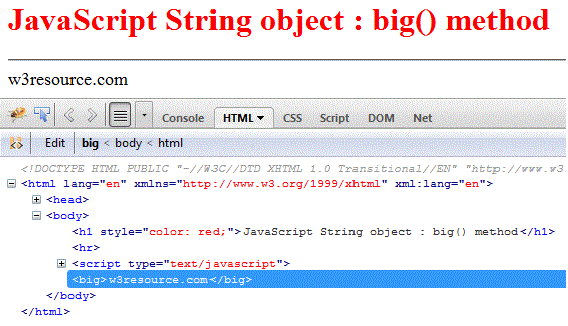
Step 3: Iterator object of String type is created Let us discuss Iterator with Set Interface with the help of program, following program has been divided into 4 Steps that we will discuss one by one.
ITERATE OVER STRING ANDROID CODEPOINTS HOW TO
In Step 4 we have traversed the data structure with while loop using two methods hasNext() that tell whether there is next element present or not, and next() method that gives the next element during traversing.Įxample of How to use Iterator with Set Interface in Java :.In Step 3, we have created an object of Iterator of type String.In Step 2, we have used add method to add values in the data structure that we have created in step 1.In Step 1, we have created an object of List Interface that is of String type.Step 3: Iterator object of String type is created Let us discuss Iterator with List Interface with the help of program, following program has been divided into 3 Steps that we will discuss one by one: import java.util.* Iterate the loop as long as hasNext() method returns true.Ĥ. In the loop get each element by calling next( ) method.Įxample of How to use Iterator with List Interface in Java : To use an Iterator to traverse the collection follow these steps:ġ. Obtain an Iterator by calling the collection’s iterator( ) method.Ģ. Create a loop that makes a call to hasNext( ) method.ģ. By using this object, we can access each element in the collection and each element at a time. Changes means adding, removing or updating any element from collection while one thread is Iterating over that collection.įail-fast behavior is implemented by keeping a modification count and if iteration thread realizes the change in modification count it throws ConcurrentModificationException.Ĭontrary to fail-fast Iterator, fail-safe iterator doesn’t throw any Exception if Collection is modified structurally while one thread is traversing over it as they work on copy of Collection instead of original collection and that is why, they are called as fail-safe iterator.Įvery collection class has an iterator() method which returns an iterator object to the beginning of the collection elements. You can create a rune variable like any other data type.This method removes the current element on which iteretor points to or else throws IllegalStateException if remove( ) method is called that is not preceded by a call to next( ) method.Īs name suggests fail-fast Iterator fails as soon as the structure of Collection has been changed since traversing has begun. How to declare variable rune type in Golang?



It represents any characters of any alphabet from any language in the world.Įach Character in language has a different meaning.
ITERATE OVER STRING ANDROID CODEPOINTS CODE
Rune is character literal which represents int32 value and each int value is mapped to Unicode code point. Rune is a data type in the Go programming language. How to get the length of a string in runes and bytes.How to Convert String to/from rune array or slices?.How to Check Unicode code point and a number of a character or string?.



 0 kommentar(er)
0 kommentar(er)
